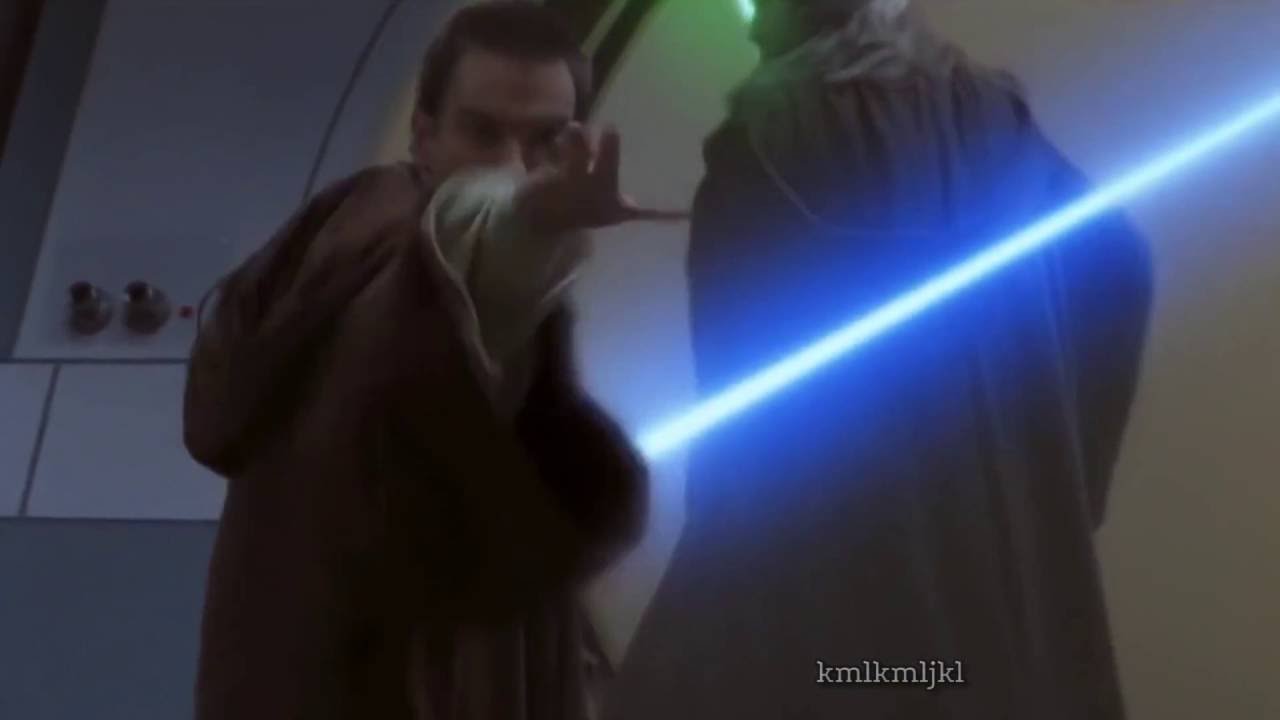So i watched a vid today from the Foundation discgolf channel and they talked about diffrent putting styles and how they work.
He said that you shouldnt break your wrist at all for spin putting. It should remain straight and you only use your elbow and fingers to spin the disc. Then i looked uo other putting clinics that some ppl said the same. But if you watch for example feldbergs tips and other "pros" they say to pre cock the wrist and your tumb should move from 9 to 12.
For me i havent tried only use the elbow but i can imagine it will be hard to make those +10 meter putts without the wrist. I thought that style was push putting but push putts seems to be with the elbow locked all the way.
So what do you guys think is the right way to spin putt if there is one?
He said that you shouldnt break your wrist at all for spin putting. It should remain straight and you only use your elbow and fingers to spin the disc. Then i looked uo other putting clinics that some ppl said the same. But if you watch for example feldbergs tips and other "pros" they say to pre cock the wrist and your tumb should move from 9 to 12.
For me i havent tried only use the elbow but i can imagine it will be hard to make those +10 meter putts without the wrist. I thought that style was push putting but push putts seems to be with the elbow locked all the way.
So what do you guys think is the right way to spin putt if there is one?



